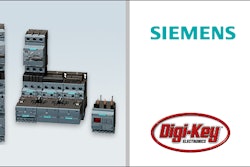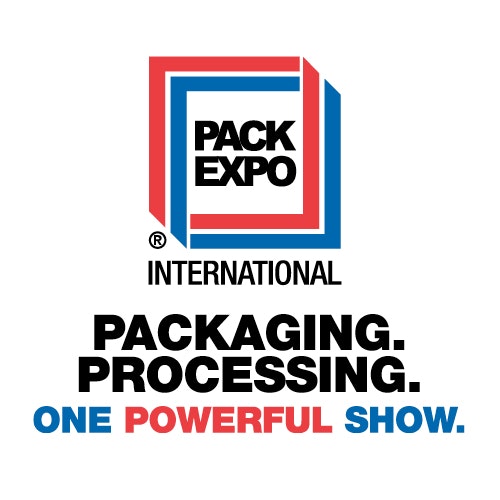We are often deluded into an expectation of rapid technological adoption rates and quick riches perceived in the high-tech market. But even there, adoption is often slower than popular press would lead you to believe. In the high-tech world, technology is the business—and it moves quickly. When technology is an enabler in a much larger enterprise that moves more slowly, then adoption must be weighed more carefully.
At the recent general membership meeting of the Profibus Trade Organization (PTO), the celebration centered on the number 20 million—that’s the number of devices with Profibus chips. The significance of the number lies not in market share, but in critical mass. At this quantity of products, digital networking has entered a mature phase of the product curve. Companies that have made the investment should now be seeing a return. And this in only 15 short years.
This information should provide important context for the current wireless wars. Wireless technology has been around manufacturing for a long time. Operations and maintenance personnel had radios many years ago. Many gravitated to pagers, then mobile phones—all wireless devices. Frequency Hopping Spread Spectrum (FHSS) radios likewise are used for telemetry from remote terminal units to the supervisory control and data acquisition (SCADA) system. For a time, embedded cellular technology was touted as a replacement, followed by WiFi (for “wireless fidelity,” built on the 802.11 standard of the
Even wireless sensor networks have been around for several years—finding a home, so to speak, in building automation. We are not very far into the technology curve on this one. I’m not sure where the starting point should be located. Certainly, the serious publicity began about 18 months ago. But efforts at industry solutions, particularly WINA—the Wireless Industrial Networking Alliance—which goes back at least five years, precede the sudden emergence of publicity. Mass adoption is probably years away. But the early adopter group should be about ready to take off, albeit shackled until more products hit the market.
So, what’s with the sudden surge in wireless interest?It’s really about a race to provide the next generation of products and services that will spur new levels of productivity and profitability in manufacturing. Perhaps this strategy has been gleaned from experience in digital fieldbuses. The original value advanced from suppliers for these was cost savings from reduced wiring. While this is true, users have discovered a value higher up the chain—diagnostics. The greater ability to gather more information from instruments, sensors and other devices has helped plants increase productivity.
PAC advances
Another area of progress in automation involves programmable automation controllers. These controllers represent an evolution consisting of the adoption of technologies developed for the personal computer industry into hardened programmable logic controller packaging. The key technologies involved here include integrated control of logic solving, data handling, motion, process and communications. Improvements in tools such as integrated development environments and graphical systems design have helped spur progress. Look for suppliers to exploit the power of the new generation of multicore processors to gain significant performance advances in controllers. And graphical design will lead to better State Model tools that in turn will give end-users of machines better tools for operations and maintenance.
Reading Jim Pinto’s piece about ISA on page 80 in this issue reveals a final bit of progress I’ve seen this summer. Pinto is a long-time critic of the organization’s leadership. He has recently spent some time with Executive Director Pat Gouhin. I, also, have talked with Gouhin a couple of times, and I concur that ISA appears to be on a path of progress.




















